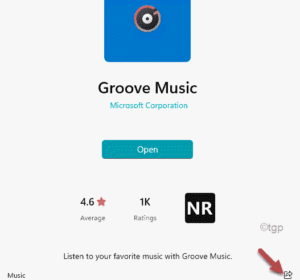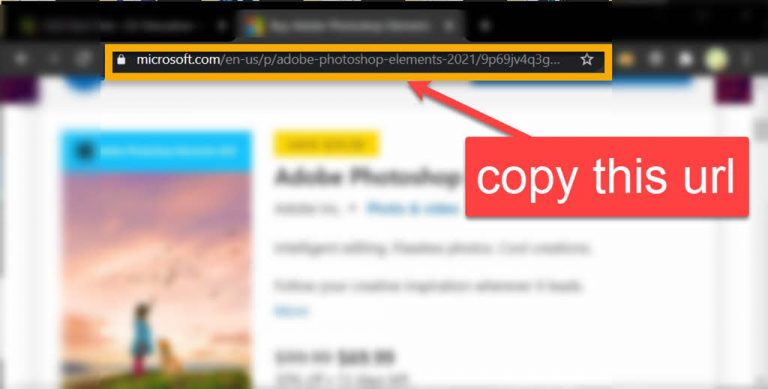

To fully use the app, you must have an active Microsoft Account.

Please note that To-Do is a free app provided by Microsoft. Now that you are fully aware of Microsoft To-Do, you might be interested in downloading & installing the app on your system. Download Microsoft To-Do App for Desktop (Offline Installer) It has more features you can explore while using this app on a PC. So, these are some of the best features of the Microsoft To-Do app for desktops. For example, you can add due dates, set reminders, update the checklists, set priority levels, etc. The desktop app lets you break tasks down into simple steps. With Microsoft To-Do, you can manage tasks easier than before. For example, your saved tasks can be shared with your connected friends, family members, and colleagues. Since Microsoft To do is a full-fledged task management app, it provides many unique sharing options. Regardless of your device, you will be able to manage your to-do list online. You can use the desktop or mobile app to access your task list. Well, Microsoft To-Do is a cross-platform task management app. The app also has a My day feature that shows you personalized suggestions to update your daily or weekly to-do list. Since it’s a to-do list app, it allows you to plan your everyday life. You need a Microsoft Account to get started with this app. It’s even free on mobile devices like Android, iOS, etc. Please bear in mind that my scripting knowledge is limited.Well, Microsoft To-Do is completely free to download and use. Is it possible to develop a runonce script that will install/make available the list of apps that we need when a user first logs in? The issue is that for our 200 staff and 1800 students this process is not sustainable, particularly as users roam around multiple devices all week.

Visiting the store to install the app works correctly, and the app tiles then display their correct icon and name. When a user first logs into a device, the apps tiles are dumb placeholders that have no effect at all. These apps are part of our xml start menu as described in other threads. The file-bundles for each of the apps are correctly located in C:\Program Files\WindowsApps as expected. We use MDT to collect a sysprepped, prebuilt image in which the Store apps we want are installed (OneNote, Whiteboard, IPEVO etc.). The apps are installed but not available to users. Equally, user2 on the same device must follow the same steps. Specifically, if user1 logs into a device, they must visit the Microsoft Store and download our organisation owned apps. The latest issue is the way Microsoft Store apps behave when a user first logs into a device. Like many in these forums we are slowly managing to beat our Windows 10 deployment into something manageable, with a few bumps along the way.


 0 kommentar(er)
0 kommentar(er)
